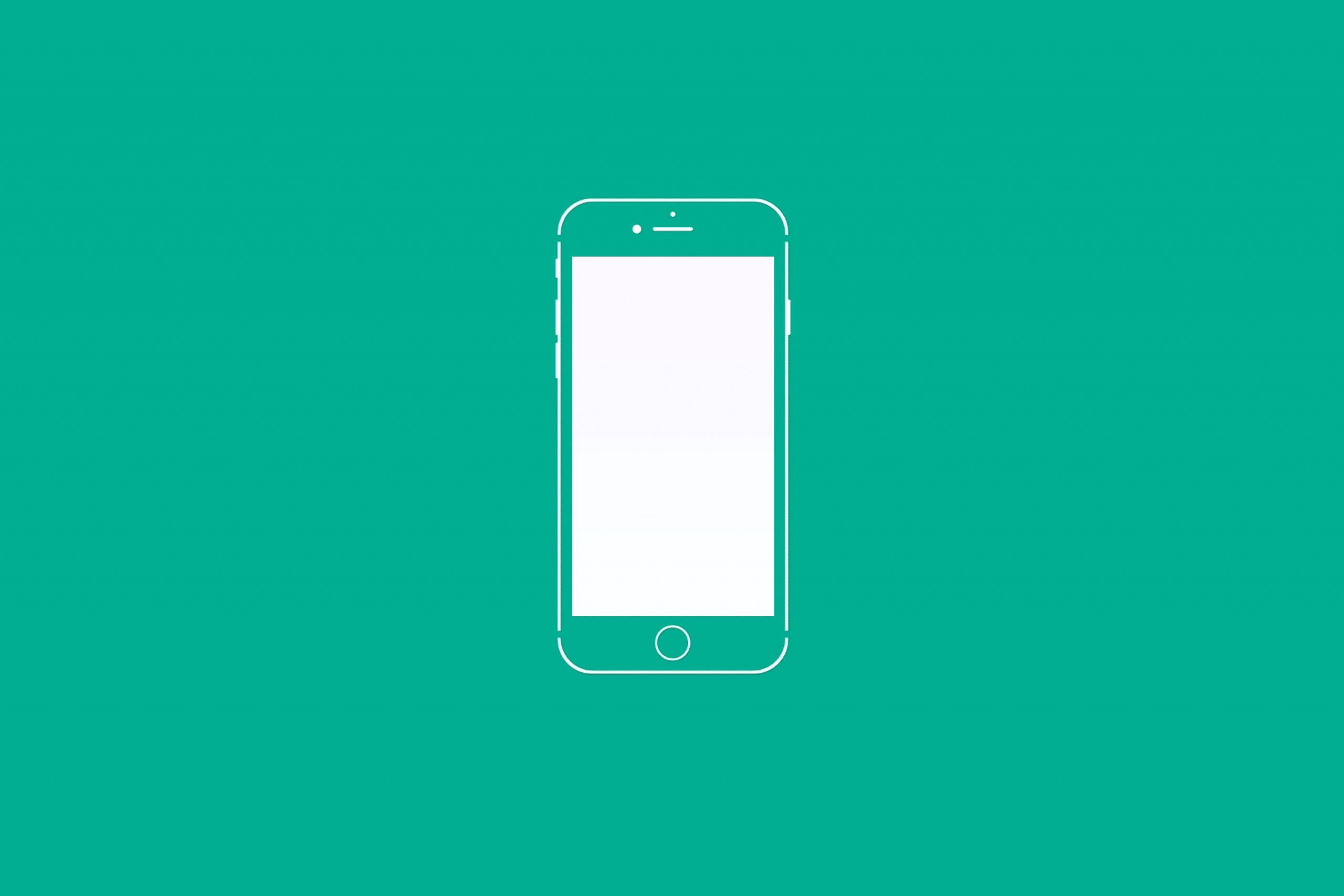The latest iOS upgrade has brought with it new and unique ways to secure the iPhone. TechRepublic reported that although much of operating system has remained the same, updates to its design and improvements to workplace integration makes it a worthwhile change. Additionally, Apple’s passcode features have improved with a new alphanumeric password option.
Managing an iPhone with iOS 7
The bring your own device (BYOD) model for workplace integration has taken off, with more businesses allowing their employees to utilize smartphones, tablets and laptops, in place of their company-provided tools. As if in response to this trend, Apple released iOS 7 with features that enhance the functionality of the iPhone in an office setting.
According to TechRepublic, features such as AirDrop make sharing photos and documents fast and simple by connecting employees to one another, enabling a collaborative workplace environment for those who are utilizing this technology. Additionally, the source reported that Apple has also improved its overall app security by enabling a data protection function automatically, preserving any information transferred across these third-party app providers.
Another new resource that speaks to the iPhone’s updated security is the single sign-on (SSO) capability that will allow end-users to set a password once across applications that contain sensitive information. This option is especially useful for businesses that hope to safeguard the data employees might be accessing through the cloud because it can prevent code sharing.
The first step is securing the phone itself
None of the above options are innately secure, however. According to Tom’s Guide, it’s essential that end-users with a mind for safety make optimal use of their iPhone’s built-in security feature – the passcode.
The source reported that it’s one of the easiest ways to prevent accidentally or intentional breaches of data. Additionally, the upgrades to the iOS 7 platform have provided end-users with new options for creating and maintaining security. Traditionally, the lock screen was protected by a 4-digit passcode. Now, after Apple’s latest upgrade, it is possible to set alphanumeric protection, utilizing ten or more upper- and lower-case characters and numbers.
Tom’s Guide noted that the 4-digit PIN code has 10,000 combinations, which is difficult to hack but not impossible. With the newest option, it is much more challenging for individuals to break through this defense. In addition to this new safety measure, the iOS 7 upgrade enables users to program how often the device will ask for authentication. Rather than the traditional method, which asked for authentication every time the screen was opened, the iPhone can be set so that it will lock on a timed interval instead.
Does it really matter?
According to Security Watch, mobile devices have become a major part of the lives of users everywhere. The source referenced a study by Sprint that reported how frequently smartphones are accessed on a daily basis, and the one unifying factor is the risk associated with information exposure.
Because of the ability to access the Internet on the go, data security has become a constant concern that responsible individuals are having to overcome. Additionally, without utilizing passcodes and other features meant to preserve the integrity of stored information, issues with privacy are growing.
In order to preserve what Security Watch calls “our most personal computers,” it’s important that smartphones are protected with verification features that are built into their operating systems. Additionally, it is possible to reinforce these safety precautions with password management software, which can provide an extra layer of defense against unwanted access.


Leave a Reply